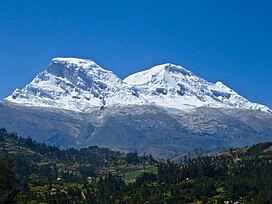
Introduction
What is the gravitational field strength on Earth? About 9.81 N/kg, obviously. That is correct, but only in certain select locations, which makes sense as g is the average gravitational field strength on Earth.
What is g?
What g means is that the force exerted by a 1kg object on the ground is about 9.81N - this is the basic form of the equation W=mg, and you can obviously plug in various masses to get various weights.
Who defines g?
The General Conference on Weights and Measures in 1901 saw many things established - notably the establishment of the kilogram as the base unit of mass, but also the standard acceleration due to gravity, which was at 980.665 cm/s^2, or 9.80665 m/s^2. Apply Newton's Second Law to this (F=ma) with a 1kg object, and the force is 9.80665 N. This is equivalent to its weight, so g is 9.80665 N/kg. This also makes sense when you realise that the acceleration of a free falling object is somewhat equivalent to g (as evidenced here).
Why call this blogpost "g is variable" then if it's been defined by an international body?
The Earth is not perfectly round - rather, it's an oblate spheroid, with loads of bumps and peaks and troughs making its surface not exactly smooth. It thus makes sense that g wouldn't be the same value everywhere - if you're further away from the Earth's centre, gravity would be slightly weaker - so g is of a lower value if you're standing on Mount Everest compared to if you're lying down by the Tottenham Hotspur Stadium.

Comments
Post a Comment